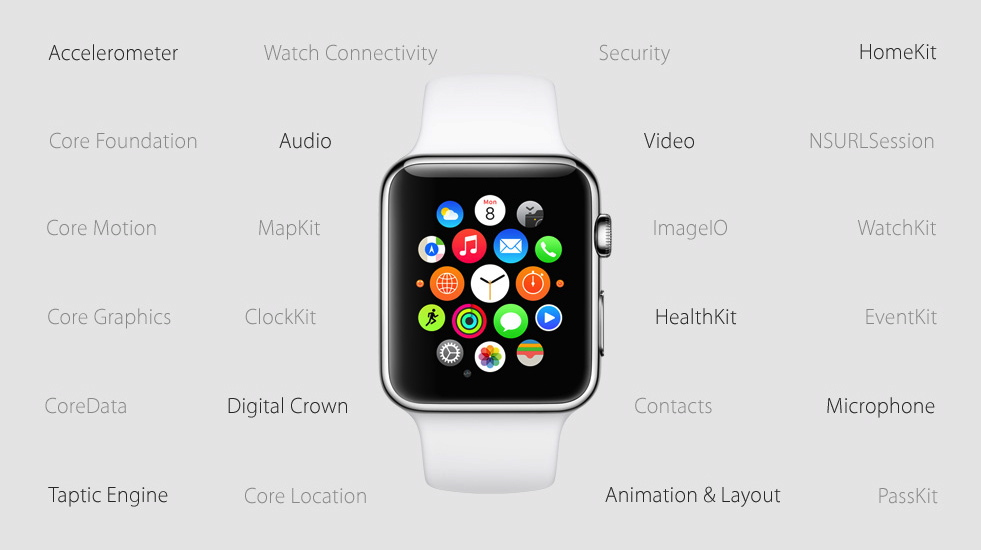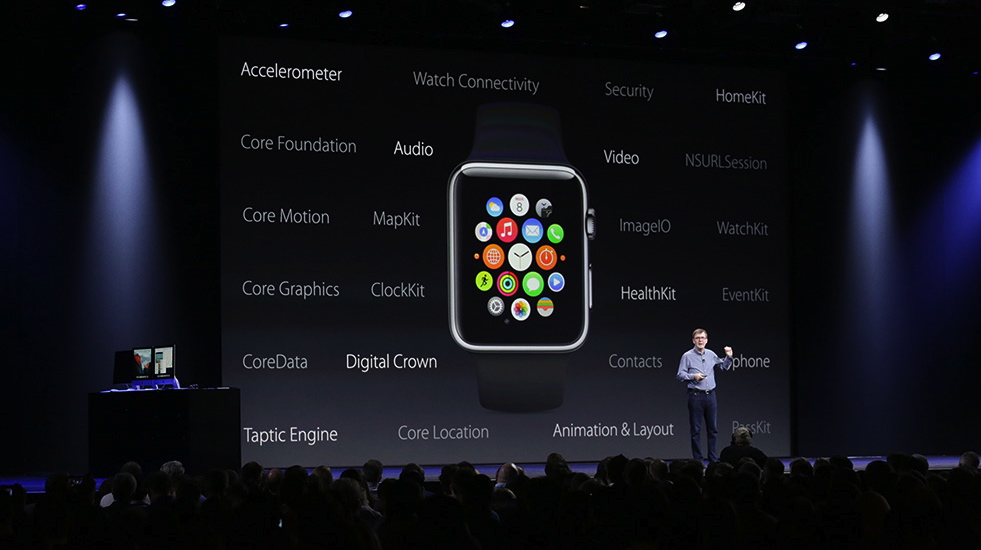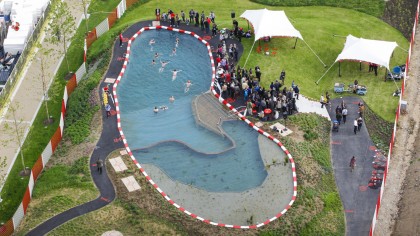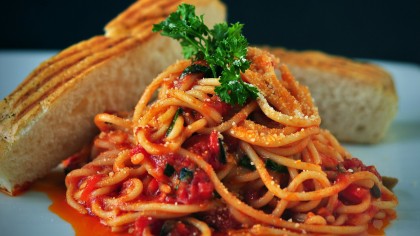Why Apple Watch OS 2 is brilliant news for runners
And in 24 hours, I'll never have to swim again

I watched the folks at Apple launch myriad software bits and pieces this week, and there was one part that caught my attention above all the other stuff that was announced during the two and half hour presentation.
Apple's bringing out Watch OS 2 for the... well, you don't need to be a genius to work out what... and with it comes native application support.
This is something that doesn't mean much to the average user, but if you're harbouring any desires of using the Apple Watch as your primary fitness device, this is a massive leap forward.
Currently only Apple's own apps will work without the phone nearby, meaning the likes of Strava and Endomondo need the handset in close proximity to work correctly - not ideal for those that like to trot unencumbered.

Essentially it's meant that the Watch is nothing more than a smaller second screen if you're not into Apple's overly-basic workout app, and that was infuriating.
But with native apps, developers can create experiences just for the Watch without the need for a phone, so the information will be more comprehensive and complete, with more options available to you when running.
Plus it should mean the app will auto display when you raise your wrist, where now you have to enable such a thing in the settings menu (and then change it back again so you can see the time in day to day life).
Get daily insight, inspiration and deals in your inbox
Sign up for breaking news, reviews, opinion, top tech deals, and more.
Watch OS 2 obviously isn't fixing the main issue - that the Watch has no GPS and therefore won't be accurate for things like cycling when you're phone-less - but it's a step forward and will mean when the Apple Watch 2 appears (and please, please let it have some more fitness-based sensors) users will have much more fully-functioning running watch on their wrist.
The final countdown
So as I post this, it's less than 24 hours until the kick off of this damned triathlon. There's been nothing more I can do this week as I taper down, knowing that all the fitness work can't be increased and I need to start getting some rest into my muscles.
Well, that was the plan, but as I popped out to San Francisco for Apple's WWDC conference, it would have been rude not to run across the Golden Gate Bridge. Let's just say that the fog and wind made me so scared of being blown over the edge that the run across the actual bridge was BY FAR the fastest on the 15 miler.

However, since then it's been all about keeping the legs and arms ticking over - I spent some time in the new outdoor swimming pool in King's Cross, popped a few more miles on the bike and did some slow runs with quick speed bursts just to keep things going.
The Human Race Windsor Triathlon starts at 6.04AM on Sunday for my wave (which seems unfairly harsh), with the 750m swim, 27km cycle ride and 5km run the only things standing between me and never having to swim ever again.
And that King Size Twix I've been dreaming of.
Eat right and don't poo yourself
I've been working with MaxiNutrition to help get me ready for this triathlon, as I've always been, well, a bit rubbish when it comes to learning what to eat, when, how much and why.
We've all felt tired and sick on a run or cycle at some point, and that's mostly down to having eaten all the kebabs the night before. So what are you SUPPOSED to do?
The two elements to think about during the race are simple: fluid and carbohydrates. Your body needs fluid replenishment to offset the loss in sweat, so if you can grab a drink with added electrolytes and sodium, you'll be in good shape to keep all your cells and metabolism working at their most efficient level.
The easiest way to do this is to pick up a normal sports drink like Lucozade or Powerade, but if you want to avoid the added stuff put into those, electrolyte tablets are the way to go.
I'll be using High 5 tablets, which add electrolytes, magnesium and sodium (along with carbohydrates) to normal water to give me a boost during the race. They do taste a bit like berry aspirin though, so you have to really want to speed up to miss out on sugary goodness.
Too many can also make you poop your pants as well. So don't overdo it if you're thinking about giving them a try.
Here's my tailored plan: 48 hours before the race, start carb loading. The idea that a simple pasta-filled dish the night before will suffice is slightly erroneous, as your body can only store so much glycogen (the body's quickest energy source) in your muscles from one night, and overdoing it on carbs can cause, erm, stomach issues (see above).

So a fair amount of carbs (good ones though, no matter how much the Ben and Jerry's tub tells me it's full of carbohydrate) for the preceding two days where possible will keep the glycogen store topped up.
On race day itself, I'll be up at 4AM and instantly start sipping away on my sports drink alongside some delightful porridge. The latter doesn't need to be big, just enough to top up the energy levels for later.
Then it's down the start line, where 30 mins before I'll be looking to slowly drink about 300ml of sports drink again - this time with caffeine.
While the effects of caffeine on endurance sports are still not fully verified, I've found that it really helps. This is apparently because it allows you to release energy from your fat stores, rather than using up that precious glycogen, which means you can go for longer without it feeling super hard.
I won't go into the specifics of my eating and drinking during the race - I did write it all out, but then read it back and saw it was frightfully dull. Summary: no drinking during swimming (beyond the nasties I'll be trying to spit out from the water), a little sports drink every 10-15 minutes on the bike and two energy gels too.
One normal one at the start, and one with caffeine towards the end to boost me for the run. Gels are gooey tubes of carbohydrates, easily digested by the body, and if you can avoid them globbing all over your fingers are a handy tool for longer exercise.
If all goes well, I'll let you know how I got on next week. If you don't hear from me, it was such a horrendous experience that I gave up all sport. Either way, it'll be done soon.
- If you've got any tips, tech you want tested out or just want to mock me, I'm @superbeav on Twitter, and you can see my stumblings on Strava too.
- Read the rest of the Running Man of Tech story here

Gareth has been part of the consumer technology world in a career spanning three decades. He started life as a staff writer on the fledgling TechRadar, and has grew with the site (primarily as phones, tablets and wearables editor) until becoming Global Editor in Chief in 2018. Gareth has written over 4,000 articles for TechRadar, has contributed expert insight to a number of other publications, chaired panels on zeitgeist technologies, presented at the Gadget Show Live as well as representing the brand on TV and radio for multiple channels including Sky, BBC, ITV and Al-Jazeera. Passionate about fitness, he can bore anyone rigid about stress management, sleep tracking, heart rate variance as well as bemoaning something about the latest iPhone, Galaxy or OLED TV.